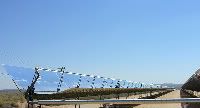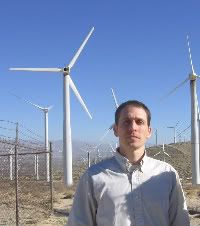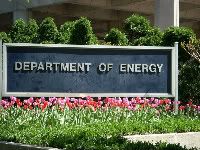Webinar: Top Business Plans in Renewable Energy and Electric Transportation
[youtube http://www.youtube.com/watch?v=gyrehx520so]In December’s webinar, I present some of the best business plans I’ve encountered in renewable energy and electric transportation. This is a wide-ranging discussion that includes the ideas of transformative business plans, technical risk, and scaleable businesses, but then gets into specific business arenas: light-duty pick-up trucks, e-bikes, pyrolysis of waste tires, C&D waste processing, pyrolysis of MSW, solar thermal, synthetic fuels, use of off-peak wind energy, compressed air energy storage, zinc-air battery technology, sustainable building products, and hydrokinetics. I couldn’t resist the temptation to mention my upcoming book, “Is Renewable Really Doable?”






